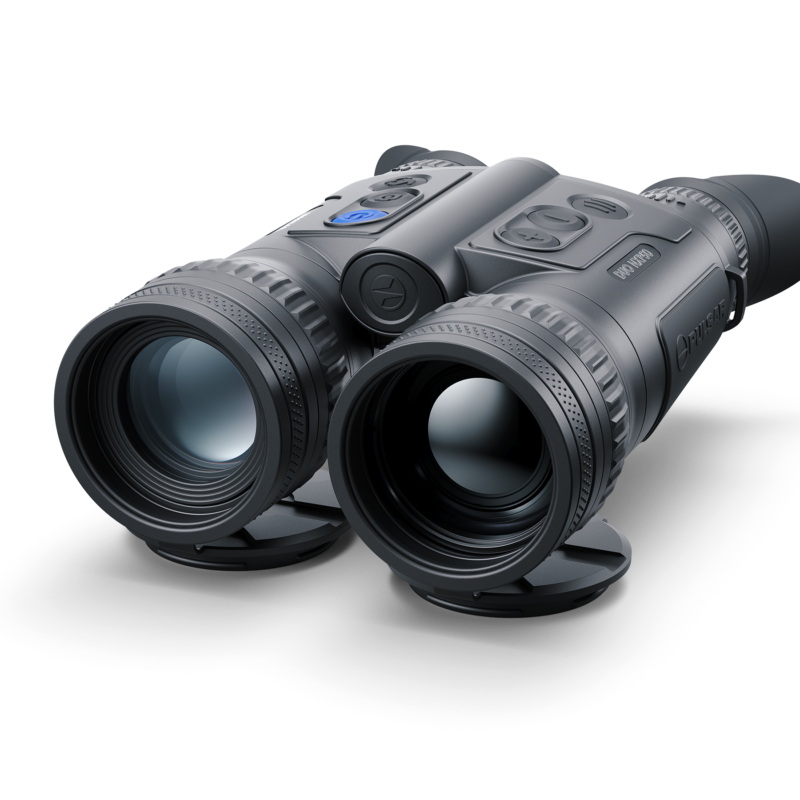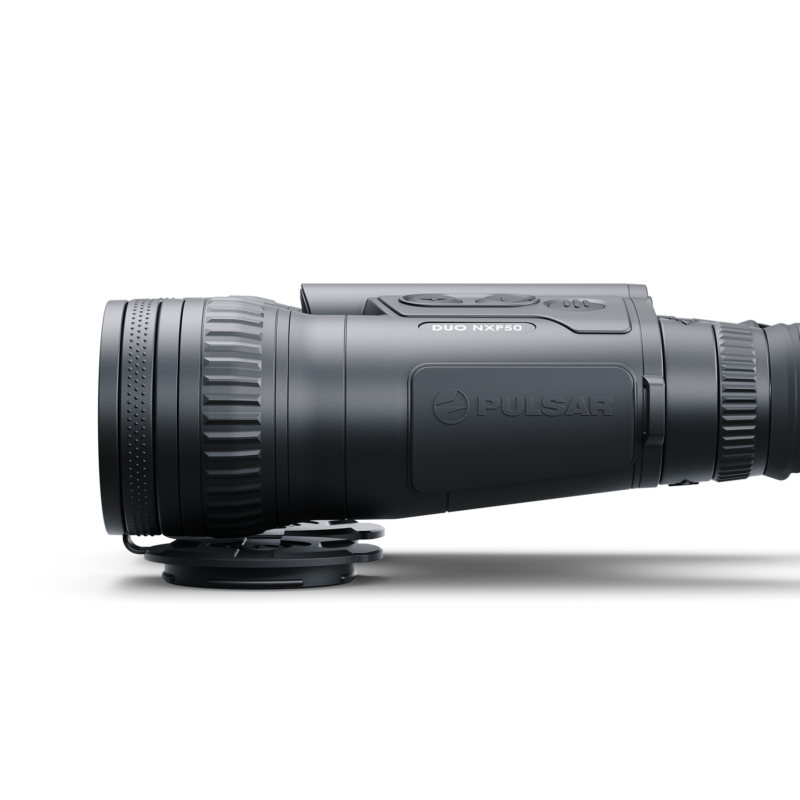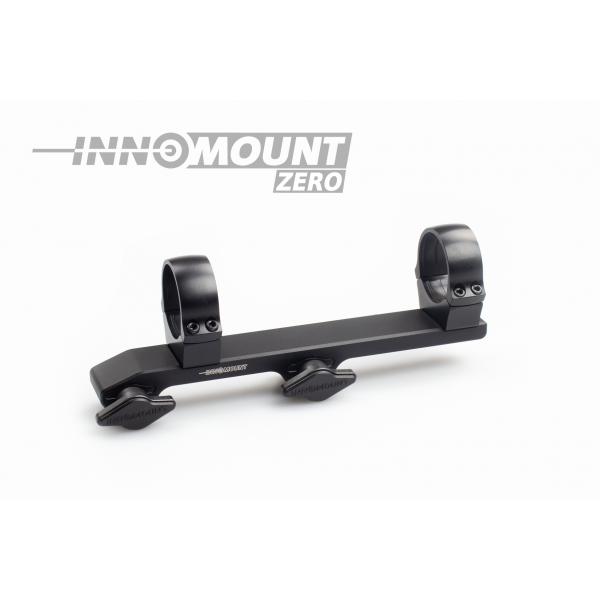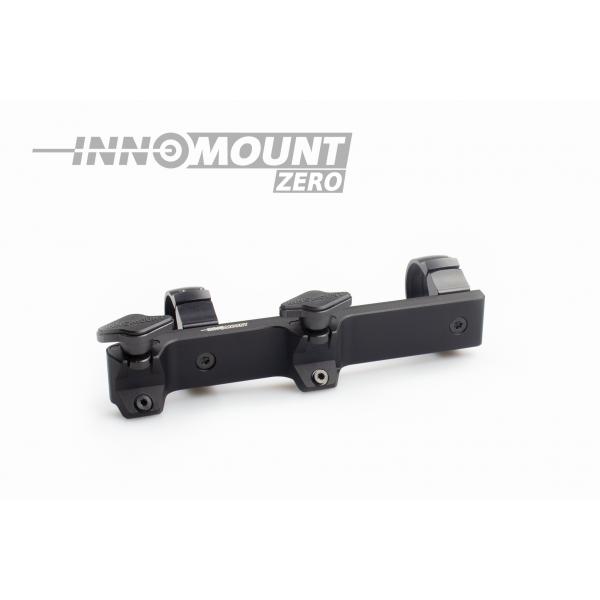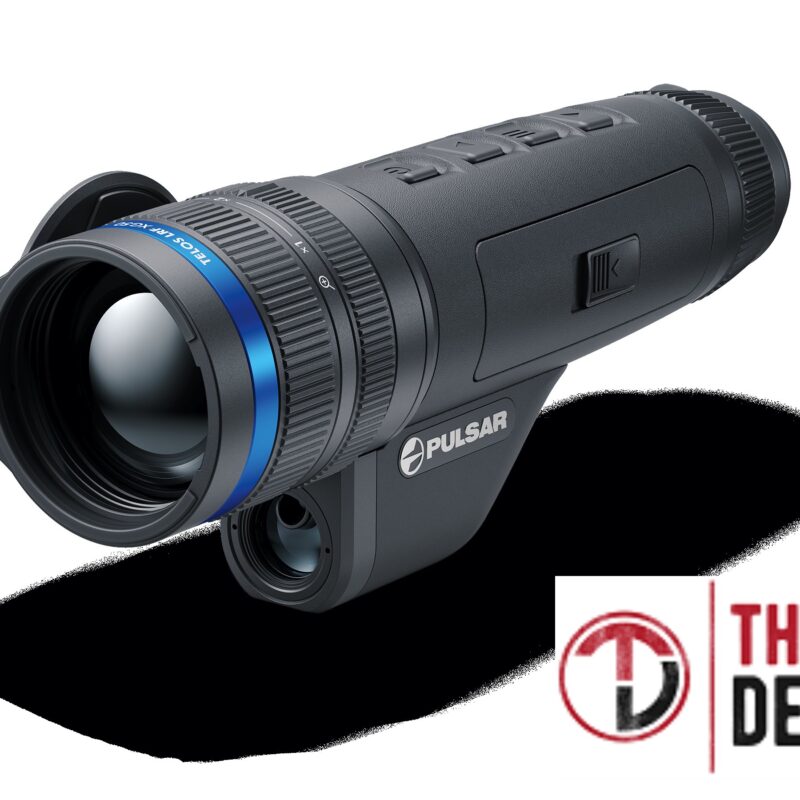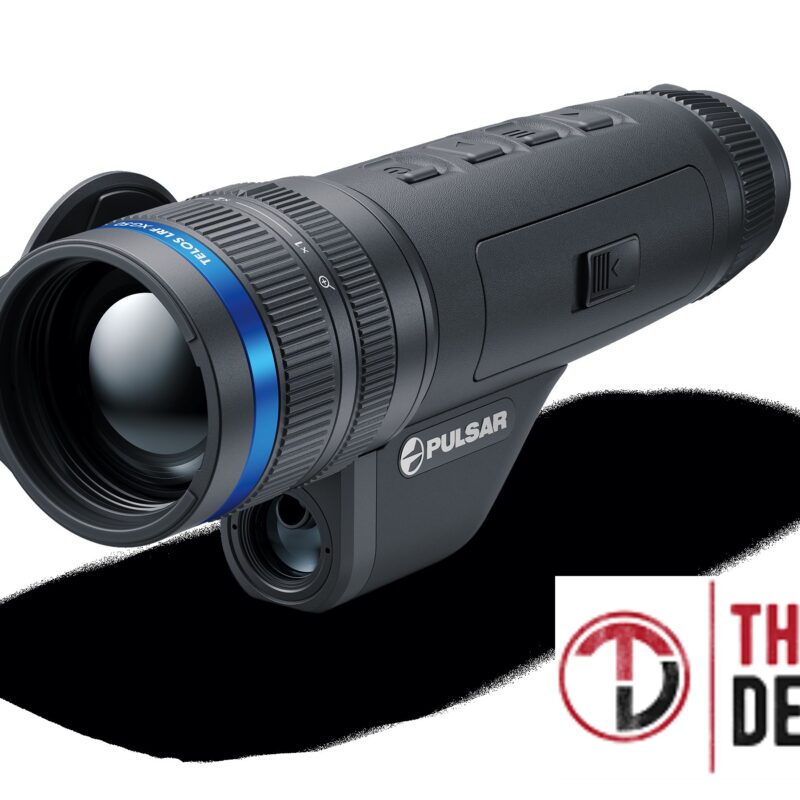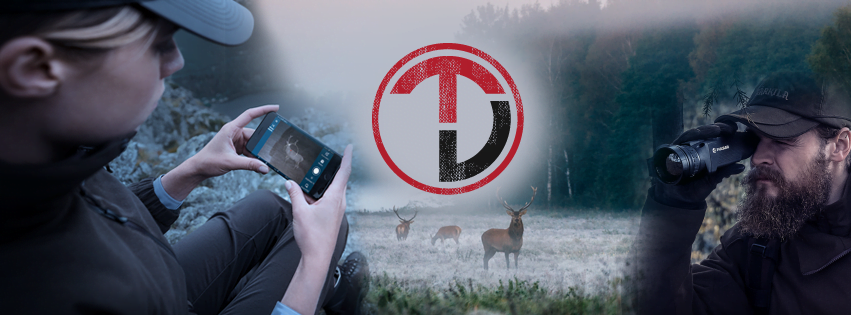Iray guide for newbies: How far can you fire with a thermal scope?
Using a Iray thermal scope, how far can I fire? Regardless of the fact that almost all thermal scope producers specify the ‘detection range’ on the specification list, the question is constantly raised. The discrepancy between the reported ‘detection range’ and the true firing range of different target sizes adds to the intricacy of this topic. We can’t only rely on the ‘detection range’ to determine the maximum distance we can shoot at. Iray has it in the specifications
We fro Thermal devices , presume that the gun’s effective shooting range is sufficient because this article covers the correlation between Iray thermal scope and firing range. We must first define a crucial concept of shooting using a thermal scope within this assumption. Let’s consider the case of hunting. Never shoot if you don’t know what animal it is or if the object on the screen is an animal or not. It’s the initial topic we’d want to discuss now: by definition identifying a hot item differs from just viewing one.
The two images below are snapshots from the thermal imaging clip. If you’re shooting a hog, you’ll only shoot when you’re absolutely certain the target is a hog, as seen in Image 2. But, if there is merely a bright area and you can’t determine what it is, you can never pull the trigger (see Image 1). As a result, some individuals believe they can never aim as far as the ‘detection range’ on the specification list. When solely a bright area was displayed in Image 1, it is referred to as ‘detection range.’ In Image 2, it’s referred to as the ‘identifying range,’ since we can distinguish which species is in the visual field.
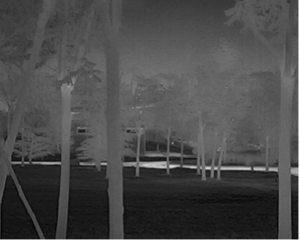
Picture 1: Locate the object

Picture 2: Identify the object
Is it feasible to give an answer to the original question after learning the definition of a thermal scope’s identification range? No, not really. Assume someone informs you how far his thermal scope’s identification or recognition range is with no knowledge of what’s the target. In such a scenario, you should ask directly as the target dimension is a prerequisite for any distance descriptions associated with the thermal scope. To avoid misunderstandings, the detection range, identification range, and recognition range must all be checked along with the target dimensions. For instance, take a look at the images below:

Picture1: 20 meters away from the aim

Image 1: 800 meters away from the aim
Image 1 displays two hares at a distance of 20 meters, while image 2 displays a bunch of cows at a distance of 800 meters. The greater the size of your aim, the greater the recognition range of your scope. That implies you won’t be capable of hitting a rabbit-sized aim from 200 meters, but you will be able to hit a cattle-sized target from 800 meters.
We’ll introduce DRI as a fundamental knowledge now that it’s been discussed.
The letter “D” stands for detection. ‘Detect,’ as per Johnson’s criterion, involves determining whether or not an item is there. Whenever a source of heat on the display differs from the backdrop and fades as it gets further away, the range represents the target’s detection distance.
The letter “R” stands for “recognition.” The term “recognition” means “having the ability to see what sort of item it is.” The range at which you can determine an item’s class is referred to as recognition (vehicle, animal, or human).
The letter “I” stands for identity. The range at which you can distinguish between items inside a class is referred to as identification. For instance, recognizing the sort of vehicle (van, SUV, or automobile) or if the individual is in the military or not.
You’ve probably noticed that the detection, recognition, and identification range of thermal scope changes based on the target dimensions and position. A thorough description of the aim’s dimensions, including identification, recognition, and detection ranges, is always preferable to just stating the detection range.
What are the important aspects that impact the detection/recognition/identification range of a thermal scope?
Lens
The two main characteristics that describe the lens are the focal length and the f-number. On the specification list, the focal length is easily found. The narrower the angle of vision and the further you can see, the bigger the focal length. The lens’s bigger aperture (smaller F value) means it has a better capacity to gather infrared light, and the device’s ultimate picture quality will be greater.
Let’s keep things simple. When shooting at long ranges, a 75mm lens is always preferable to a 50mm lens. For greater picture quality, an F/1.0 lens is always preferable to an F/1.2 lens.
Look at the images below as one example:

Image 1: Iray

Imae 2: Iray
Image 1 shot with a device equipped with a 75mm f/1.0 lens has a larger amplification (7X) than Image 2 shot with a device equipped with a 50mm f/1.0 lens (4.5X) without sacrificing picture quality.
Thermal detector
The greater the region of thermal radiation emitted by the target onto the FPA, the greater thermal information the FPA can collect, the more precise image the system can generate, and the simpler it is to discern the target. The region of the target’s thermal radiation reflected onto the FPA would shrink as the object pulls away, and the pixel value-filled will diminish. The target distance is identical to the DRI distance when the number of pixels filled by objects on the FPA is the same as the number of the DRI range.
If all other aspects of the device stay constant, the detector’s reduced pixel pitch allows extra pixels to fit inside the FPA. For instance, consider a person. When the FPA of a 17-micron device only has 6 pixels, the recognition scope needs a minimum of 6 pixels. Because the amount of pixels displayed by a 12-micron device’s FPA can be greater than 8, the 12-micron device has a greater recognition range than the 17-micron device.
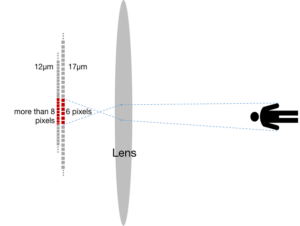
Image 1: 12μm vs. 17μm
OLED, Eyepiece, Algorithm
The energy will be transmitted onto the FPA, then translated to digital impulses by the FPGA, and finally coming to a number of signal processing. The image is then shown on the monitor. The amplification of the picture is affected by the resolution, the algorithm, and the size of the screen. Lastly, the picture on the display is amplified and met by the eye through the eyepiece.
Conclusion
The dimensions and position of the aim you are shooting at must be described in the detection, recognition, and identification distance specifications. With only one metric, determining how far a thermal scope can fire clearly is challenging. As a result, prior to pulling the trigger with a thermal scope, be sure you completely grasp your aims.

Image 1: 50m, Iray

Image 2: 100m, Iray
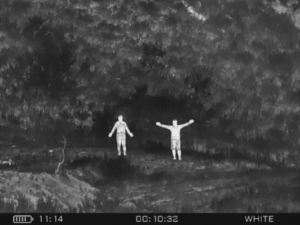
Image 3: 150m Iray
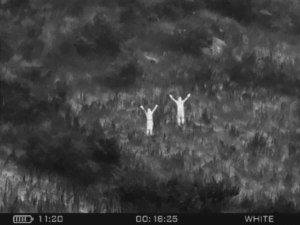 Image 4: 200m Iray
Image 4: 200m Iray

